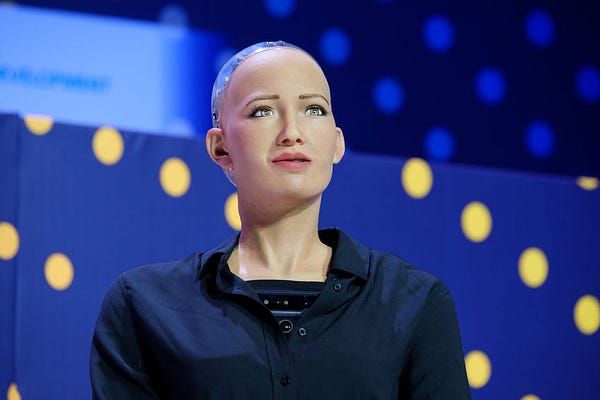The lack of human interaction may find the solution in a robotics laboratory.

“Friendship needs no words — it is solitude delivered from the anguish of loneliness. ” — Dag Hammarskjold
Loneliness has always been the plague of too many, and the COVID-19 pandemic has only deepened this painful emotional state. Media reports and medical articles tell us that loneliness will be the reason for more deaths than in decades before.
Prior to the COVID-19 pandemic, loneliness and social isolation were so prevalent across Europe, the USA, and China (10–40%) that it was described as a “behavioral epidemic”. The situation has only worsened with the restrictions imposed to contain viral spread.
Furthermore, research has shown that both loneliness and social isolation are independent risk factors for higher all-cause mortality.
The causes of loneliness are many, and the solutions may not be readily available. This, then, is where some scientists saw an opportunity for robotics to play a significant role in allaying loneliness in some people.

The Breakthroughs in Robotics
Artificial intelligence, along with advances in robotics, has produced products already on the market. These items have primarily been in the utilitarian area, such as cleaning, maintaining inventory, fulfilling orders, or manufacturing. One area stands out; personal robots. These new robots are not exactly for cleaning but companionship for the lonely.
The initial robots were thought to have a lucrative market for lonely males who wanted female companionship. Order whatever type of robotic female you want, program what she says, and dress her as you will, “she” was always available, and men began to take them for walks or shopping.
One advance has been to give robots a sense of touch, which would increase their similarity to humans. The original work was begun in rehabilitation to provide a sense of touch for those needing prosthetics, but it has now advanced to new applications.
This paper presents an approach toward integration of robotic sensory information with human perception. Pressure distribution images are acquired while a robot arm affixed with a tactile sensor explores embossed digits.
Even a social sense of touch, appropriate for the interaction, is now being incorporated into new robotic units.
There are many situations in our daily life where touch gestures during natural human–human interaction take place: meeting people (shaking hands), personal relationships (caresses), moments of celebration or sadness (hugs), etc. Considering that robots are expected to form part of our daily life in the future, they should be endowed with the capacity of recognising these touch gestures and the part of its body that has been touched since the gesture’s meaning may differ.
The Robot for the Lonely
Four engineers at a Japanese university have made an initial foray into the loneliness factor with a rudimentary “arm” that not only senses touch but can emit the scent of a girlfriend.
A cloth inside the hand emits the fragrance of a woman’s shampoo. Sounds of your virtual girlfriend’s steps and breathing, and the rustle of her clothes, play through an accompanying app on your smartphone. And if you want the warm hand to seem a little nervous (definitely a sign it likes you), you can even make it sweat. Just add a damp cloth between the heater and the “skin” and bits of moisture escape through small pores in the material.
That the hand comes from Japan, land of robots for every occasion, shouldn’t come as a surprise. Japan has also seen its share of virtual girlfriends, with one resort even becoming a vacation hub years back for guys who like to treat their digital dates to sun-and-fun getaways
With increasing advances in technology, as in all other manufacturing areas, the cost of these robots will decrease in price and increase in availability. New “microprocessors” have been discovered in our brains. These will undoubtedly lead to new gains in the area of robotics.
Along with the emergence of AI chatbots, the inclusion of a comforting hand, and a familiar and reassuring scent, robots may assume a place in our culture. The question remains for whom will they be available, and will the lonely and impoverished be offered their services.

